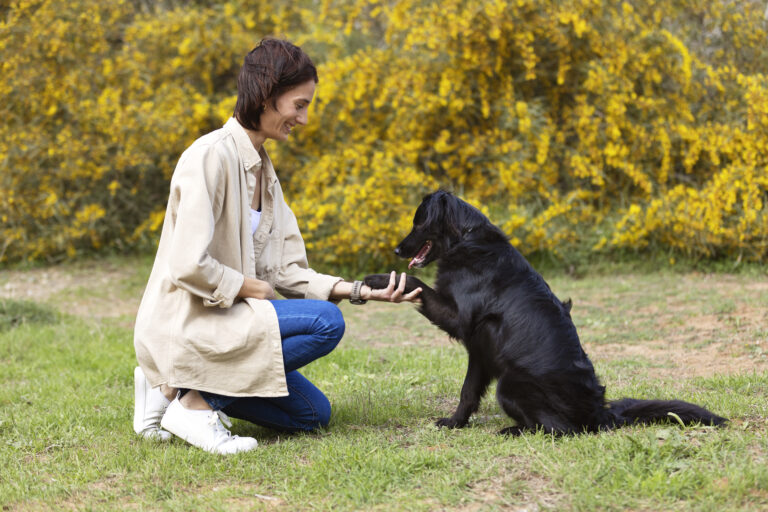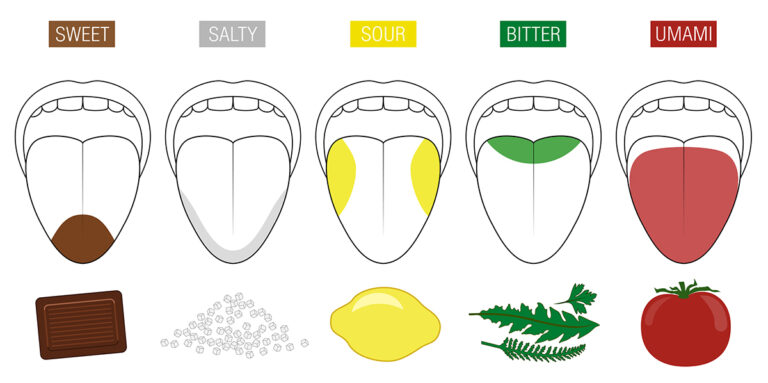
Introduction: Are Pets Really Talking to Us?
Have you ever felt like your pet was trying to tell you something? Maybe your dog barks in a certain way when it’s time for a walk, or your cat meows at you until you fill its food bowl. But have you ever wondered if pets have a secret language that they use to communicate with humans?
Pets don’t speak human languages, but they communicate with us through body language, sounds, and even facial expressions. In this article, we’ll explore how different pets express their feelings, what their behaviors mean, and how you can learn to “speak” their language.
1. How Dogs Communicate
Dogs are highly expressive animals, using their body, voice, and eyes to convey emotions.
🐶 Dog Body Language
- Tail Wagging: A happy dog wags its tail, but a stiff, slow wag may mean nervousness.
- Ears Forward: Alert and curious.
- Ears Back & Tail Tucked: Fear or submission.
- Rolling on Back, Exposing Belly: Trust or playfulness.
- Jumping Up: Excitement (or bad manners that need training!).
🗣 Dog Vocalizations
- Barking: Excitement, warning, or wanting attention.
- Whining: Anxiety, pain, or asking for something.
- Growling: A warning—stay away!
- Howling: Sometimes loneliness, sometimes responding to sounds.
👀 Dog Eye Contact
Dogs use their eyes to communicate with humans.
- Soft, blinking eyes: Trust and affection.
- Wide, staring eyes: Feeling threatened or alert.
- Avoiding eye contact: Submissive or guilty behavior.
🐾 Fun Fact: Studies show that when dogs look into their owners’ eyes, their brains release oxytocin, the same hormone responsible for human bonding!
2. How Cats Communicate
Cats are more subtle than dogs but still communicate in many ways.
🐱 Cat Body Language
- Tail Up & Curled at the Tip: Friendly and happy.
- Tail Flicking or Swishing: Annoyance or agitation.
- Arching Back: Can be a sign of playfulness or fear.
- Rubbing Against You: Marking you with their scent—you’re theirs now!
🗣 Cat Sounds
- Meowing: Cats rarely meow at each other—this is a language they developed just for humans!
- Purring: Happiness and relaxation, but sometimes they purr when in pain.
- Hissing & Growling: Fear or aggression—back off!
- Chirping: A mother cat calls her kittens this way, and some cats do it when excited.
👀 Cat Eye Contact
- Slow Blinking: A “cat kiss” that means trust and love. Try blinking back!
- Wide Pupils: Fear, excitement, or playfulness.
- Direct Stare: A challenge—cats do this before a fight.
🐾 Did You Know? Scientists believe that domestic cats developed meowing just to communicate with humans—wild cats rarely use vocal sounds!
3. How Birds Communicate
Birds are intelligent creatures that use sound, movement, and even color changes to express themselves.
🦜 Bird Body Language
- Fluffing Feathers: Contentment, but if too often, it could mean illness.
- Head Bobbing: Excitement or attention-seeking.
- Wings Spread Slightly: A sign of dominance or readiness to fly.
- Bowing Head: Asking for head scratches!
🗣 Bird Vocalizations
- Chirping: Happiness or curiosity.
- Squawking: Alarm or irritation.
- Singing: Joy and health.
- Mimicking Speech: Some birds, like parrots, learn human words to bond with their owners.
🐾 Fun Fact: Birds can “read” human emotions. A study showed that parrots respond differently to happy vs. angry voices!
4. How Rabbits and Small Pets Communicate
Many people don’t realize that rabbits, guinea pigs, and even hamsters have unique ways of communicating.
🐰 Rabbit Body Language
- Binkies (Jumping & Twisting in the Air): Extreme happiness!
- Thumping Hind Legs: A warning to others or feeling scared.
- Licking You: A rabbit’s way of showing affection.
🐹 Guinea Pig Sounds
- Wheeking (High-Pitched Squeal): Excitement, often at feeding time.
- Purring: Contentment (but if deep, it may mean annoyance).
- Teeth Chattering: A sign to back off—guinea pigs fight this way.
🐾 Did You Know? Guinea pigs love talking to humans and even have different sounds for different emotions!
5. Can We Teach Pets to Understand Us?
Yes! While pets can’t learn full human speech, they can understand certain words, tones, and commands.
🐾 Teaching Dogs & Cats Words
- Dogs can learn 100+ words, with some breeds understanding over 200!
- Cats recognize their names but often choose to ignore them.
- Teaching pets sign language (like hand signals) can also work!
🦜 Talking Birds & Mimicking Words
- Parrots, cockatoos, and mynah birds are the best talkers.
- Birds don’t just mimic words—they understand the meaning behind some phrases.
🐾 Incredible Fact: A famous African Grey parrot named Alex learned over 100 words, could count, and even understood concepts like “bigger” and “smaller.”
Conclusion: Understanding Your Pet’s Language
Your pet may not speak, but they are always communicating! By learning their body language, sounds, and behaviors, you can strengthen your bond and better meet their needs.
How Can You Improve Communication with Your Pet?
✅ Observe their behavior daily.
✅ Respond to their signals appropriately.
✅ Use positive reinforcement (treats, praise).
✅ Try slow blinking with your cat or talking to your bird!

